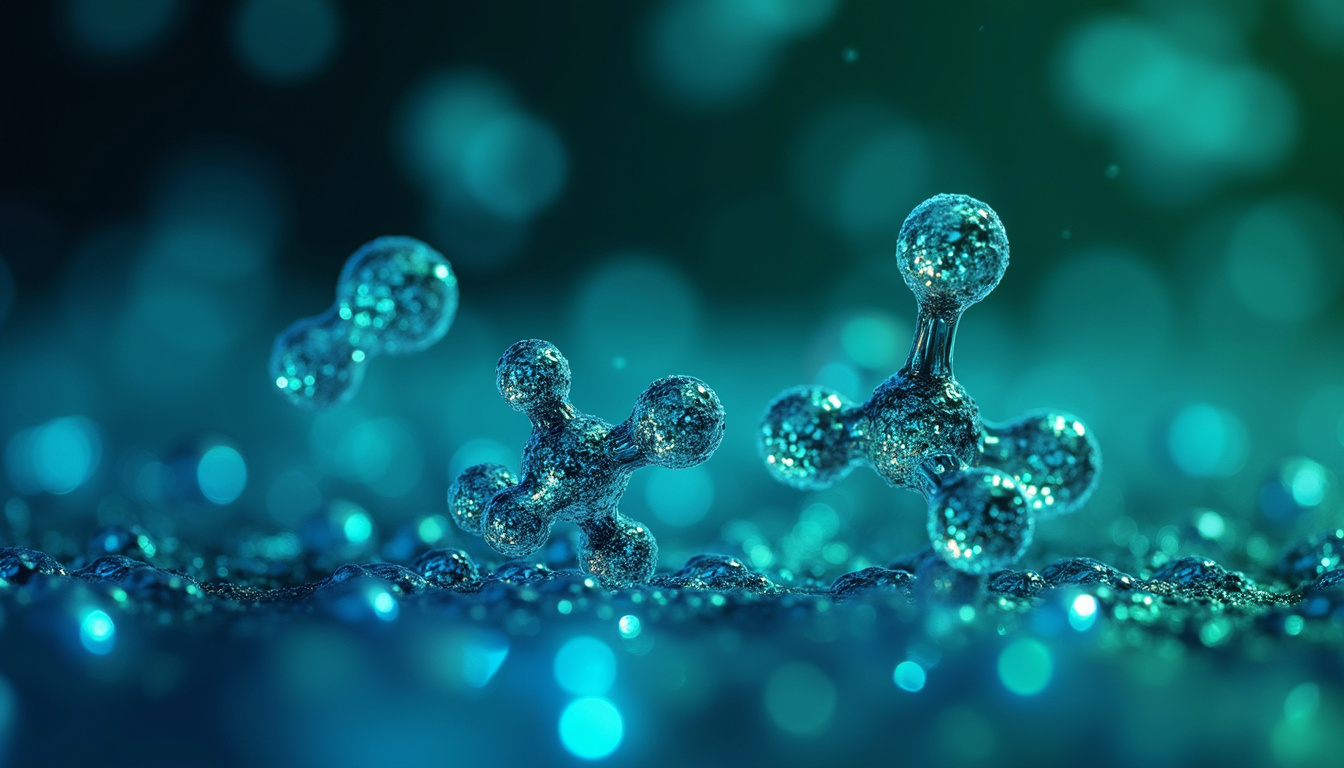In both biology and chemistry, the term substrate is a core idea. It helps us learn how processes work and how they are controlled. Enzymes in living cells and catalysts in chemical plants both depend on substrates. This article shows the many roles of substrates. It explains their importance and how they affect scientific work and real-world tasks.
What Is a Substrate? An Overview
A substrate is the substance on which an enzyme works or where a chemical reaction happens. In biochemistry, an enzyme finds its substrate to speed up a reaction. In chemistry, a substrate is a reactant that joins a reaction under the influence of a catalyst.
The Biological Perspective
In living cells, enzymes act as precise catalysts. They bind to their substrate at a special area called the active site. This binding lowers the energy needed for the reaction. For example, in cellular respiration, hexokinase binds glucose. This reaction helps the cell make energy.
The Chemical Perspective
In chemical tasks, substrates are the reactants that change into new compounds. In a catalytic hydrogenation, the substrate may be an unsaturated hydrocarbon. This hydrocarbon reacts with hydrogen on a catalyst surface. The reaction yields a saturated compound.
The Role of Substrate in Biological Processes
Substrates are key to many life processes. They are small pieces in large reactions.
1. Enzymatic Specificity and Catalysis
Enzymes choose one specific substrate. Their active sites match the shape and nature of that substrate. This match makes sure a reaction happens correctly. For example, lactase finds lactose and breaks it into glucose and galactose.
2. Metabolic Pathways
Substrates start a chain of enzyme actions. They change through many steps to form a pathway. These pathways build energy, complex molecules, and help remove toxins.
3. Regulation of Biological Activity
How much substrate there is affects enzyme work. Cells adjust substrate levels to control reaction speed. This keeps the cell in balance.
Substrate in Chemical Reactions
In labs and factories, a substrate is a key molecule in reactions.
1. Catalytic Reactions
A catalyst helps a substrate turn into products. Catalysts can be enzymes or substances like metals. Their role is the same: speed up reactions.
2. Surface Interactions
Many reactions happen on a catalyst’s surface. The substrate touches the catalyst and bonds break or form. In catalytic converters, for instance, carbon monoxide meets the catalyst. This meeting turns it into a less harmful product.
3. Designing Chemical Processes
Choosing the right substrate is important. Factors like reactivity, stability, and cost are measured. The goal is to make a reaction efficient and safe.
Factors Influencing Substrate Activity
In both biology and chemistry, many factors change substrate actions:
- Concentration: More substrate can speed up a reaction until the enzyme or catalyst is full.
- Temperature: Higher heat quickens reactions but can harm enzymes or break substrates.
- pH Levels: Enzymes work best at certain pH values. Too high or low can weaken binding.
- Inhibitors or Activators: Some molecules stop or boost a substrate’s work.
- Structural Compatibility: The shape and nature of the substrate must match its enzyme or catalyst.

Practical Applications of Substrate Knowledge
Biotechnology and Medicine
Knowing how enzymes and substrates interact helps in making drugs and tests. Some drugs work by blocking a substrate’s binding site.
Industrial Chemistry
Good reactions depend on the right substrate and conditions. Enzymes now serve as green catalysts. They are used in biofuel production, food, and waste treatment.
Environmental Science
Measuring substrates in nature shows pollution levels and ecosystem health. This data helps guide cleanup work.
Summary of Key Points
- A substrate is the molecule that an enzyme works on or a reactant in a chemical reaction.
- In living cells, substrates bind to enzymes and support metabolism.
- In chemistry, substrates join reactions under catalysts.
- Factors like concentration, temperature, pH, and structure influence substrate work.
- Knowing about substrates helps improve medicine, industry, and the environment.
FAQ About Substrate
Q1: What is the difference between a substrate and a product?
A: The substrate is the starting molecule. The product is what the substrate becomes after the reaction.
Q2: How does enzyme specificity relate to the substrate?
A: An enzyme is built to match one specific substrate. This match makes the reaction precise.
Q3: Can a substrate be a complex molecule?
A: Yes, substrates may be simple or complex. It depends on the reaction or pathway.
Conclusion: Unlocking the Power of Substrate Understanding
Substrates play a vital role in both biology and chemistry. They are the central pieces in reactions that build life and matter. Whether in new medicines or cleaner industrial processes, understanding substrates can lead to big innovations. Learn more about substrates to explore new scientific and practical paths.
Take the next step: Dive deeper into substrate research. See how this simple idea can change your approach to science. Learn from sources like the National Center for Biotechnology Information (NCBI) or trusted chemistry textbooks. Embrace the power of substrates and open doors to breakthroughs.

Leave a Reply